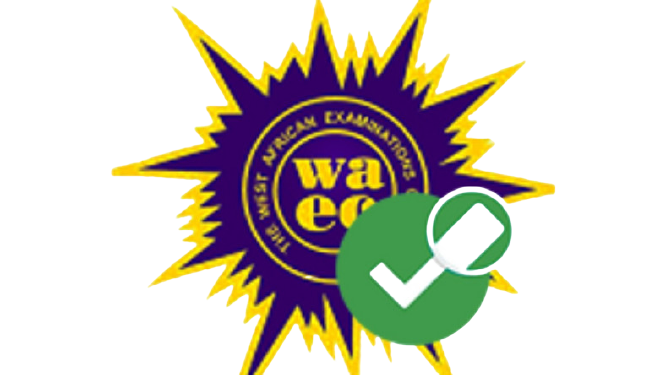
Friday, 16th June, 2023
Health Education/Health Science 2 (Essay) – 09:30am – 11:00am
Health Education/Health Science 1 (Objective) – 11:00am – 12:00pm
CLICK HERE TO JOIN OUR TELEGRAM CHANNEL FOR ALL 2023 EXAM ANSWERS FOR FREE
••••••••••••••••••••••••••••••••••••••••••••••••••••••••••
HEALTH SCIENCE-OBJ
••••••••••••••••••••••••••••••••••••••••••••••••••••
HEALTH SCIENCE- ESSAY-ANSWERS
Orthodox medicine is a system of medicine in which medical doctors, nurses and other healthcare professionals deliver treatment for diseases and their symptoms to the patients through the use of pharmaceuticals or surgery.
(1b)
(i) Primary prevention
(ii) Secondary prevention
A school health programme is a collaborative effort of the school administration, health professionals, educators, students, parents, and the community.This program focuses on promoting healthy lifestyles and creating a safe and supportive environment for students to learn and grow.
(4b)
[PICK ANY THREE]
(i) Health Education: This includes teaching students about healthy behaviors, such as healthy eating, physical activity, and stress management.
(ii) Physical Education: This provides opportunities for students to engage in physical activity and develop lifelong habits of regular exercise.
(iii) Health Services: This includes access to school nurses, health screenings, and referrals to healthcare professionals as needed.
(iv) Mental Health Services: These services support students in dealing with stress, anxiety, depression, and other mental health concerns.
(v) Nutrition Services: This includes providing healthy meals and snacks, nutrition education, and support for students with special dietary needs.
(vi) Healthy School Environment: This includes strategies for creating a safe and supportive school culture, addressing bullying and violence, and promoting positive relationships.
(vii) Parent and Community Involvement: This involves engaging families and community organizations in promoting student health and well-being.
(viii) Staff Wellness: This includes promoting the health and well-being of school staff members through wellness programs and resources.
(ix) Health Promotion for Staff: This involves providing staff with resources to help them lead healthy lives and model healthy behaviors.
(x) Crisis Management: This includes developing plans and resources to address emergencies, such as natural disasters, health emergencies, or school violence.
CLICK HERE TO JOIN OUR TELEGRAM CHANNEL FOR ALL 2023 EXAM ANSWERS FOR FREE
••••••••••••••••••••••••••••••••••••••••••••••••••••
Completed!!!
••••••••••••••••••••••••••••••••••••••••••••••••••••
Leave a Reply